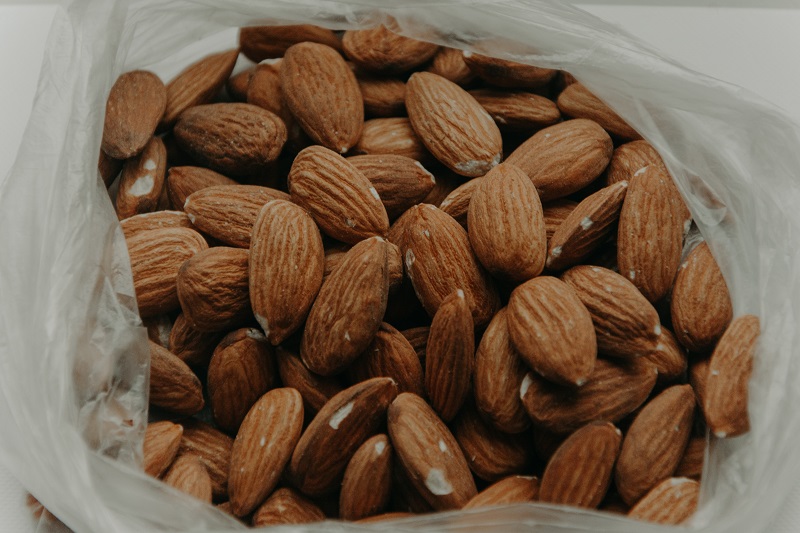Part 2: The Chinese Walnut Slowdown: Not A Worst Case Scenario
U.S. walnut exports to China are down, but the situation isn’t as bleak as some media outlets have reported. Michelle McNeil, senior marketing director for the California Walnut Board and Commission, says there’s no reason to be alarmed. The Walnut Board anticipates that China will be back, and there are also promising new markets on the horizon, particularly India.
“We started a program back in India, we got market access back in 2013, and we’ve been working to build demand within the market,” McNeil says, adding that the Walnut Board and Commission is excited about the growth potential in India.
Currently, India’s middle class is estimated at about 250 million people, and that number is expected to grow to about 400 million by 2020.
“Our investment in that market has really been to increase distribution and availability of our product and then promote it through the point of purchase and directly to consumers,” McNeil says. “We’re starting to see the fruits of our efforts in terms of shipments, and we hope that will continue to grow.”
Year to date, at the end of December, the U.S. had shipped 1.3 million pounds of in-shell walnuts to India.
But there’s also room to grow in more mature markets, McNeil notes. For example, the California Walnut Board and Commission is working to grow walnuts’ presence in the food service segments in both the U.S. and Europe.
“In Europe, which is sometimes seen as a more mature market, there’s a lot of opportunity in the industrial sector, where we’re continuing to grow those market segments that we know are underleveraged at this point,” she says.
Specifically, the Walnut Board is focusing on activities that target restaurants, hotels and other large potential customers.
But that doesn’t mean the board has given up on China. “The demand is still there,” McNeil says. “We’re doing a lot of activity in China to push the product through, so we’re optimistic.”
To see Part 1, click here.










